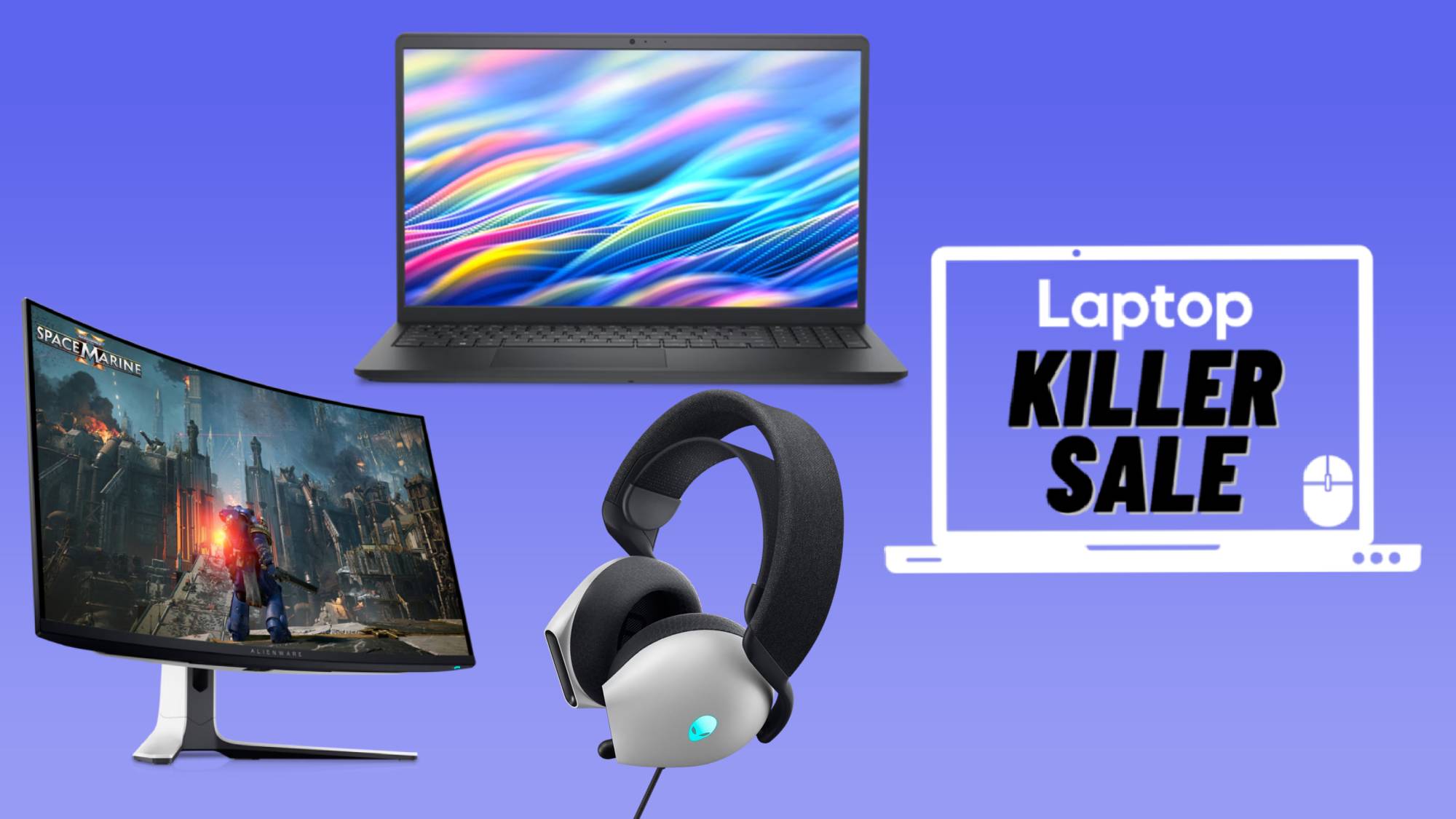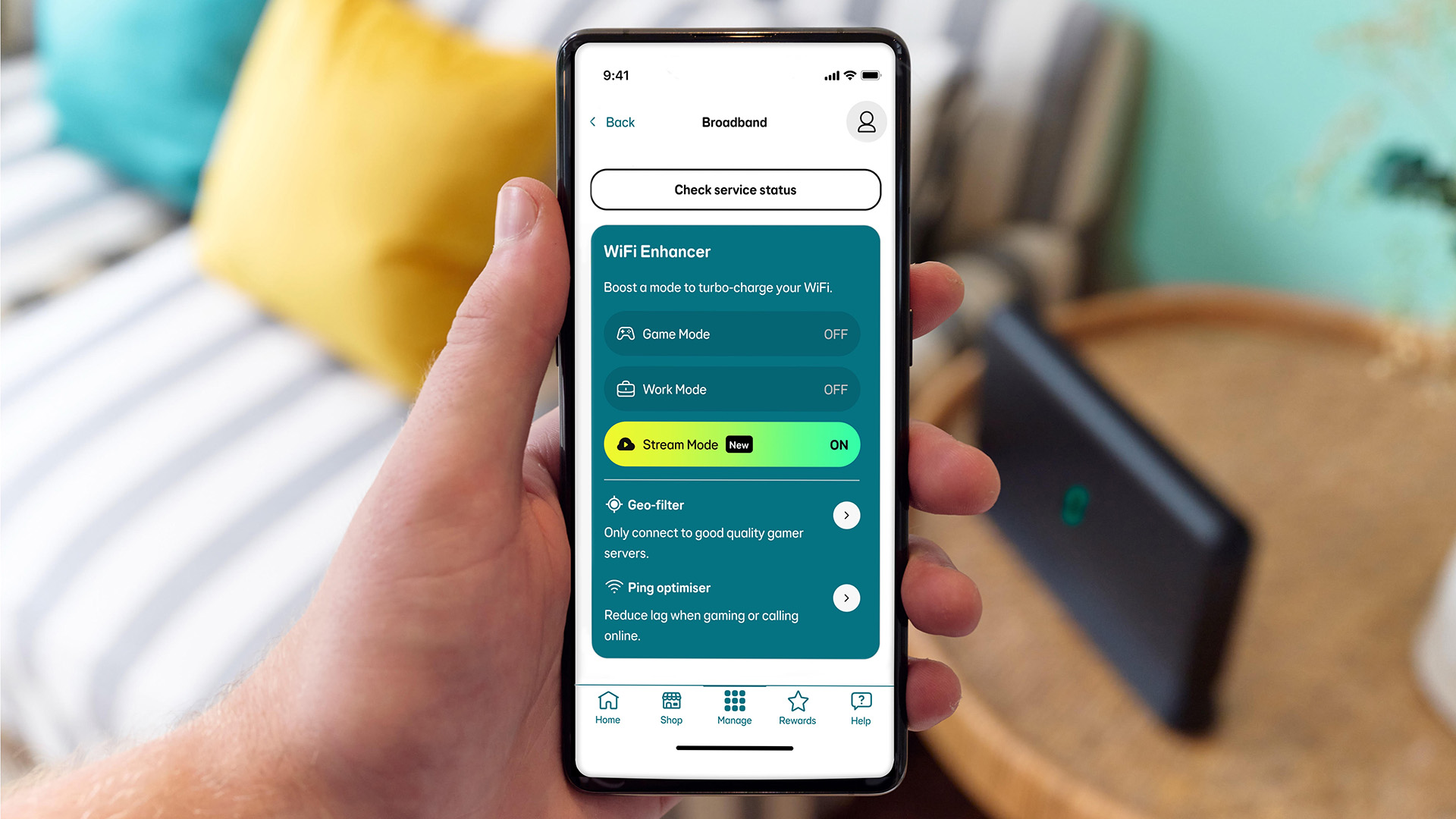Quantum Dots Market is Poised to Surpass Valuation of US$
Chicago, June 30, 2025 (GLOBE NEWSWIRE) -- The global quantum dots market was valued at US$ 9.90 billion in 2024 and is projected to reach US$ 23.13 billion by 2033, growing at a CAGR of 9.92% during the forecast period 2025–2033.
Quantum dots market leadership is increasingly anchored in the cockpit, where 2024 model-year electric SUVs from General Motors and Hyundai integrate quantum-dot-enhanced 14-inch displays that render nearly all of the Rec. 2020 color space while maintaining luminance above 1,000 nits under direct sunlight. This leap in gamut and brightness lets designers retire dual-display stacks and consolidate instrument, navigation, and media functions into a single panel, saving dashboard depth and wiring weight. At the same time, Osram Opto Semiconductors has commercialized quantum-dot down-converter films for adaptive headlights, delivering finely segmented beams that minimize glare for oncoming traffic yet double illumination on highway signs compared with traditional phosphor LEDs. Such spectral precision also underpins in-cabin cameras; Sony’s 2.2-µm stacked sensor uses indium-phosphide dots to boost near-infrared sensitivity, improving driver-monitoring performance during night-time autonomous modes.
Automakers further exploit the quantum dots market in exterior accent lighting and brand “welcome” animations. During 2023, tier-one lighting supplier Hella shipped more than 4 million quantum-dot-powered light sources for grille logos, door handles, and charge-port indicators, each consuming one-third less energy than conventional RGB LEDs, according to its April 2024 sustainability report. The reduced heat load allows designers to embed lighting directly into polymer modules instead of metal heat sinks, cutting component mass across the front fascia. Because quantum dots can be solution-printed on flexible films, suppliers project a shift toward curved taillamps and wrap-around daytime running lights, opening fresh styling latitude without increasing part counts. Consequently, platform engineers see quantum-dot photonics as an enabling layer that harmonizes aesthetics, safety, and energy efficiency in next-generation mobility experiences—making automotive uptake one of the clearest demand pillars for the market.
Key Findings in Quantum dots market
| Market Forecast (2033) | US$ 23.13 Billion |
| CAGR | 9.92% |
| Largest Region (2024) | Asia Pacific (42.15%) |
| By Material | Cadmium Free (57.12%) |
| By Production Technique | Colloidal Synthesis (35.67%) |
| By Product | Quantum Optics (27.29%) |
| By Industry | Consumer Electronics (31.26%) |
| Top Drivers | |
| Top Trends | |
| Top Challenges |
Advancing Driver Assistance Through Quantum-Enhanced LiDAR and In-Cabin Monitoring Systems
Quantum dots market acceleration in advanced driver-assistance systems (ADAS) rests on breakthroughs in eye-safe LiDAR. In January 2024, a consortium led by Infineon reported indium-arsenide-phosphide quantum-dot lasers emitting at 905 nm while sustaining 20 W peak optical power, enabling detection of low-reflectivity objects at distances beyond 250 meters without active cooling. Because dots inherently suppress side-mode noise, the emitted pulses exhibit lower jitter, which improves point-cloud fidelity and simplifies perception algorithms. Parallel progress is evident in single-photon avalanche diodes coated with colloidal lead-sulfide dots; Stanford researchers demonstrated timing resolution below 20 picoseconds, allowing gap detection in dense urban traffic where conventional sensors struggle.
Commercialization is already underway. Continental’s eighth-generation ARS7 sensor suite, scheduled for fleet deployment in late-2024, pairs a dot-based vertical-cavity surface-emitting laser with a 128-channel receiver to generate centimeter-level depth maps for highway pilot functions. Inside the cabin, the quantum dots market supports occupant sensing by extending short-wave-infrared camera reach, enabling driver-drowsiness analytics even when sunglasses obscure pupil movement. Amazon’s Zoox robo-taxis, for example, now integrate a mixed-stack sensor where a 940 nm quantum-dot emitter overlays a rolling-shutter CMOS, achieving reliable heart-rate variability capture during night drives. Regulators also benefit: Euro NCAP will include quantum-dot-capable monitoring metrics in its 2026 roadmap, signaling regulatory momentum that should amplify adoption. Altogether, these deployments illustrate how quantum-tuned photonics translate fundamental material science advances into tangible road-safety functions, reinforcing ADAS as a decisive engine for the market.
Battery Management Using Quantum Dot Coatings and Advanced Thermal Inks
Quantum dots market innovators are targeting battery longevity by embedding cadmium-free copper-indium-sulfide dots into current-collector coatings that double as real-time temperature reporters. LG Energy Solution’s pilot line in Ochang, South Korea, prints a five-micron film that fluoresces at a wavelength proportional to local cell temperature, letting battery-management systems detect developing hotspots before runaway conditions arise. Because the dots are photo-stable over more than 3 000 charge–discharge cycles, this optical layer outlasts traditional thermistors and enables predictive equalization algorithms that lower peak cell delta-Ts in high-performance EV packs.
Thermal inks leveraging the quantum dots market reach data centers, too. In March 2024, Honeywell announced a graphite-composite pad doped with indium-phosphide dots that shifts thermal conductivity upward when exposed to infrared control beams. The adaptive pad channels heat away from power-dense silicon carbide inverters during hill climbs but reverts to an insulating state in normal cruise, shaving kilowatt-hour losses without mechanical actuation. Automotive Tier-1s project that adopting such smart interfaces can eliminate dedicated cooling loops for cell-to-pack converters in skateboard chassis, freeing design volume for increased battery capacity. Because these coatings are deposited using the same slot-die equipment already prevalent in electrode lines, factories can scale the technology with minimal capital additions. The convergence of electrochemistry and quantum photonics therefore extends the material scope of the market well beyond infotainment, reinforcing its critical role in electric-mobility performance and safety.
Industrial Robotics Gain Precision Via Quantum Dot Vision Feedback Systems
Quantum dots market expansion into industrial automation hinges on metrology-grade vision modules that enhance robotic dexterity. ABB’s GoFa 1500 collaborative robot, refreshed in April 2024, integrates a CMOS sensor coated with zinc-selenide quantum dots, boosting sensitivity in the 650 nm to 950 nm range and enabling submillimeter pick-and-place accuracy under factory LED lighting glare. The heightened spectral response means the robot can track fast-moving reflective parts without external strobes, simplifying cell layout and reducing energy draw. Complementing vision, Rockwell Automation uses dot-based illumination bars that maintain constant chromaticity over a broad temperature range, ensuring reliable contrast detection in food-processing sites where wash-down cycles previously forced frequent recalibration.
The quantum dots market also underpins time-of-flight systems guiding autonomous forklifts in distribution centers. Siemens logged more than 500 customer installations of its QD-ToF module in 2023, each mapping 50 000 m² facilities with centimeter-level accuracy despite airborne dust. Such resilience stems from the dots’ narrow emission bandwidth, which limits multipath interference—a persistent headache for near-infrared LEDs. As maintenance managers note, higher positional certainty translates directly into higher throughput because forklifts can navigate tighter aisles without reducing speed. Further, because quantum dots can be printed onto flexible substrates, integrators embed them onto robot skins as strain gauges, watching color shifts that reveal collision forces in real time. These cross-functional benefits confirm that precision photonics is becoming a standard feature, ensuring the industrial robot ecosystem remains a potent adopter within the market.
Predictive Maintenance Transformed by Quantum Dot Photodetectors in Harsh Sites
Quantum dots market progress is equally visible in heavy industries where downtime costs are measured in six-figure sums per hour. Shell’s Prelude offshore platform began testing mercury-telluride-based quantum-dot photodetectors in late-2023 to monitor methane leaks from flare stacks. Operating at temperatures above 200 °C, these detectors resist sulfur corrosion while retaining signal-to-noise ratios that previously required cryogenically cooled indium-antimonide sensors. Early trials caught small-diameter flange leaks twenty-four hours before pressure alarms would have tripped, buying maintenance teams precious planning time and mitigating emission penalties.
Onshore, ArcelorMittal’s Dunkirk steelworks uses quantum-dot spectrometers to watch refractory wear inside blast furnaces from distances exceeding 90 meters. Each unit harvests power via thermoelectric generators mounted on the furnace shell, making the sensor grid effectively maintenance-free for a decade. Data streams feed a Bayesian health-model that flags conditions conducive to skull formation—allowing operators to adjust burden distribution instead of resorting to emergency taps. The supplier, TriEye, reports shipping more than 8 000 such dot-spectrometers across petrochemical, pulp, and mining clients through Q2 2024. Because the devices employ CMOS back-end processing, pricing falls well below incumbent mid-infrared cameras, opening predictive analytics to sites previously priced out. This growing installed base underscores how rugged sensing, not just vivid displays, propels adoption, amplifying the industrial maintenance segment’s significance within the quantum dots market.
Smart Buildings Adopt Quantum Dot Windows, Panels, and Air-Quality Nodes
Quantum dots market traction in construction is shifting from experimental façades to real-estate portfolios measured in millions of square feet. In February 2024, Brooklyn’s Alloy Block 100 re-opened with 3 500 m² of quantum-dot laminated glass supplied by UbiQD; the glazing down-converts high-energy ultraviolet photons into red light that photosynthetically benefits interior green walls while cutting solar heat gain by 15 BTU per square foot. Facility managers attribute measurable reductions in HVAC loads during New York’s record July heat spell, aligning with Local Law 97 carbon limits without resorting to opaque shading.
Inside, Silicon Valley campuses for Google and Nvidia introduced quantum-dot-tuned circadian-lighting ceiling panels that shift correlated color temperature through finely stepped spectral bins rather than brute intensity changes. As a result, occupant comfort surveys logged a two-point improvement in WELL Building Standard lighting scores over LED predecessors. Complementing illumination, Canadian startup AerNos embeds copper-indium-sulfide dots into nano-gas sensors that detect parts-per-billion spikes in formaldehyde, sending data to building-management systems that modulate fresh-air dampers. Because these sensors consume microwatts, the company installs them in battery-free e-ink badges mounted along classroom walls for real-time air-quality readouts. The interoperability of windows, panels, and sensors makes quantum-dot technology a systems-level enabler, positioning the building-technology ecosystem as a high-value growth arena in the quantum dots market.
Commercial Lighting and Signage Shift Toward Quantum-Dot Human-Centric Spectra Designs
Quantum dots market differentiation in retail and hospitality lighting centers on balancing vivid color rendering with energy discipline. Signify’s 2024 NatureConnect Pro luminaire employs manganese-doped zinc-sulfide quantum dots that fill the cyan gap absent in traditional phosphor LEDs, producing spectral power distributions that more closely mimic noon daylight. Store trials by H-E-B supermarkets show produce displays under the new lamps retain perceived freshness an extra business day, trimming shrink. Meanwhile, digital-out-of-home advertising continues its pivot to quantum-dot direct-view LED walls; Samsung’s 8K “The Wall All-in-One” now ships in a 1 028-inch variant rated for 100 000 hours to half-luminance thanks to dot-assisted color-conversion layers that reduce blue-LED drive currents.
Way-finding signage benefits, too. Delta Air Lines replaced backlit vinyl panels at Atlanta’s Concourse T with quantum-dot LCDs that achieve higher legibility under skylights without increasing nit output, enhancing passenger flow. By adopting inkjet-printed dot filters, integrators have halved fabrication step counts compared with thin-film phosphor lamination, accelerating deployment. Importantly, the cadmium-free chemistry now dominant in lighting adheres to RoHS and California Proposition 65 regulations, easing the approval path for retrofits in schools and hospitals. Because these fixtures tie into Power-over-Ethernet networks, facility managers can orchestrate color scenes across hundreds of endpoints via software, turning lighting from a sunk cost into a dynamic marketing asset—one more proof point of commercial real estate’s commitment to the quantum dots market.
Supply Chain, Policy, and Sustainability Shape Quantum Dot Future Trajectories
Quantum dots market stakeholders closed 2024 with clearer supply security after Nanosys finalized a molybdenum-sulfide precursor plant in South Korea capable of supporting 50 metric-tons annual colloidal-dot output—enough for roughly 45 million 55-inch TV panels or their equivalent across transportation and building segments. The site pairs hydrometallurgical recycling, allowing recovery rates above 85 kilograms per batch for indium and copper without acid leaching, thereby aligning with the European Critical Raw Materials Act’s circularity goals. Trade policy likewise favors adoption: the United States CHIPS and Science Act expanded its clean-energy tax credit in June 2024 to include quantum-dot manufacturing equipment, slicing effective capital costs for domestic fabs by a double-digit margin.
Sustainability metrics now influence design wins as heavily as technical specs. Apple’s 2024 supplier report highlighted a 30 kiloton reduction in greenhouse-gas emissions attributable to switching from cadmium-sulfide dots to indium-phosphide across iPad and Vision Pro panels—showing mainstream electronics leadership that trickles into automotive tier-twos and building integrators. Looking ahead, materials scientists eye perovskite-on-dot heterostructures that combine the environmental robustness of metal-chalcogenide shells with the high quantum yield of perovskites, pushing external quantum efficiency beyond 25 % on laboratory emitters. Although commercialization remains two to three years out, pilot lines at TCL CSOT and Sharp aim for sampling in 2025, underscoring sustained R&D intensity. Such intertwined advances in supply resilience, policy incentives, and eco-design assure investors that technical momentum is backed by structural drivers, completing the long-term value narrative for the quantum dots market.
Global Quantum Dots Market Key Players:
Market Segmentation:
By Material
By Production Technique
By Product
By Industry
- Others
By Region
- North America
- Europe
- Asia Pacific
- Middle East & Africa
- South America
Astute Analytica is a global market research and advisory firm providing data-driven insights across industries such as technology, healthcare, chemicals, semiconductors, FMCG, and more. We publish multiple reports daily, equipping businesses with the intelligence they need to navigate market trends, emerging opportunities, competitive landscapes, and technological advancements.
With a team of experienced business analysts, economists, and industry experts, we deliver accurate, in-depth, and actionable research tailored to meet the strategic needs of our clients. At Astute Analytica, our clients come first, and we are committed to delivering cost-effective, high-value research solutions that drive success in an evolving marketplace.
Astute Analytica
Phone: +1-888 429 6757 (US Toll Free); +91-0120- 4483891 (Rest of the World)
For Sales Enquiries:
Website: https://www.astuteanalytica.com/
Follow us on: | | YouTube













